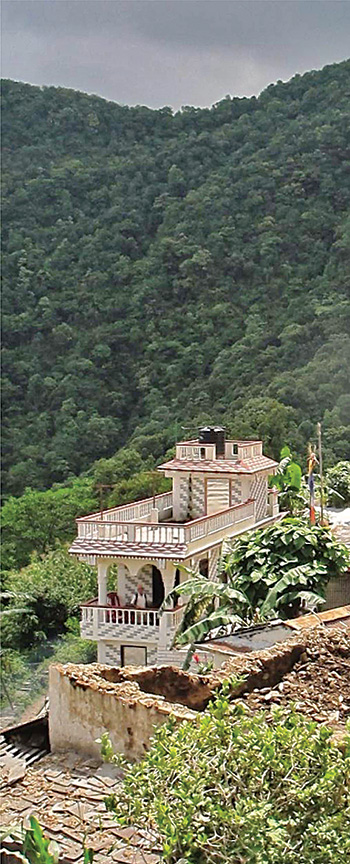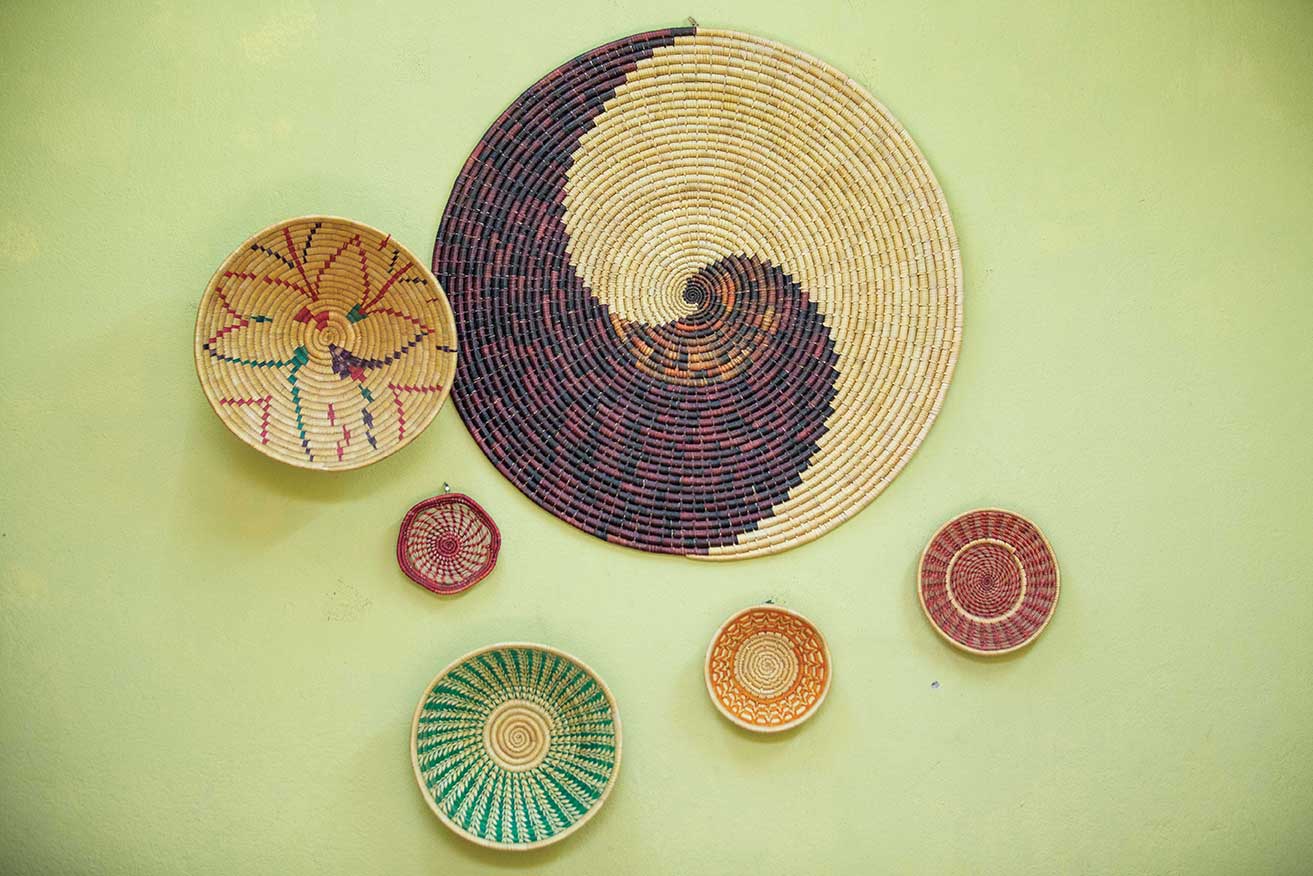So here we are, over four months into the Great Quake. As I write this column, the average number of aftershocks of magnitude 4 and higher, nationwide, is 3.8 daily. If that shake-rate continues we’ll have already felt nearly 500 by September, and close to 700 by October 25, the six month anniversary. Eventually aftershocks will stop, but when?
 Meanwhile, what are we to make of the continuing distress? Last month I posted an essay in this column entitled ‘Nepal Will Rise’ Writing Positive in the Wake of the Quake’. Both are happening: Nepal Is Rising, and writers are publishing encouraging stories.
Meanwhile, what are we to make of the continuing distress? Last month I posted an essay in this column entitled ‘Nepal Will Rise’ Writing Positive in the Wake of the Quake’. Both are happening: Nepal Is Rising, and writers are publishing encouraging stories.
Recovery is underway, though the earthquake is not over. In many places, especially in the most seriously shaken communities in and around Gorkha, Dolakha and Sindhupalchok, housing remains a problem, with whole villages encamped in tents and under tarps and corrugated galvanized iron roofing materials. A vast number of rural schools were also destroyed, though many reopened briefly in May-June under transitory shelter. Health posts, public service centers, and private shops, have also reopened in temporary quarters.
Full recovery, however, will take a long time. Rebuilding will take years, at tremendous cost.
What can writers do to help?
We can continue to write stories to keep the earthquake story alive, worldwide; positive stories, that is less about devastation and tragedy and more about resilience and empathy.
The world is listening. I recently read this letter to the editor in a US newspaper. The heading is a truism:
Effects of Local Disasters Linger
Whatever happened to the follow-up news about Kathmandu, Nepal? Remember the magnitude-7.8 earthquake... Perhaps a few donation dollars can be spared by all to help those poor people to survive.
I’ve gotten many inquiries by email and on Facebook asking if it is safe to come to Nepal as tourists or trekkers. I think we can confidently encourage them to return to visit the safest urban and rural destinations. As always, however, caution is advised. The Himalayas are prone to cataclysmic landslides and floods, even without earthquakes and monsoon rains to trigger them. Tourism to the rural disaster zones, however, should be discouraged.
Meanwhile, there are many important stories to in the wake of the quake. Early in the monsoon a friend and I visited Birauta, a small, mixed ethnic and caste village in the Gorkha hills, where most houses were either totally destroyed or so badly damaged that they are unlivable. Remarkably, however, one house still stands, safe and sound. It was recently built by an ex-Gurkha soldier who returned home to retire in Birauta.
Govinda Gurung is a village leader, the ward chairman and a school board member. His house, built mostly of concrete, painted white, is new and comfortable, and strong enough to have survived what no other structures around it withstood. Today, it stands alone in a veritable wasteland of rubble. There’s a lesson here, that in future more houses like it should be built.
But Govinda doesn’t sleep at night in his comfortable house. Instead, he is doing what everyone else in Birauta is doing. All across the hillside they have put up temporary accommodations, mostly tarps draped over wooden frames, set out on terraces at a safe distance from the crumbling walls of their homes made of stone and mud mortar. One of those tarps is Govinda’s. It’s where he, too, stays each night.
“Why?” we asked. Why doesn’t he go home to sleep? Why does he choose a muddy floor and leeches over his safe and spotlessly clean home?
Govinda’s answer reveals a great deal about his character, about the sort of leader he is, and about empathy and selflessness. “It wouldn’t look right for me to sleep at home when all my neighbors are out there in the open,” he quietly told us. And, when the monsoon is over, he has promised to help them find the resources to build new and safer homes.











